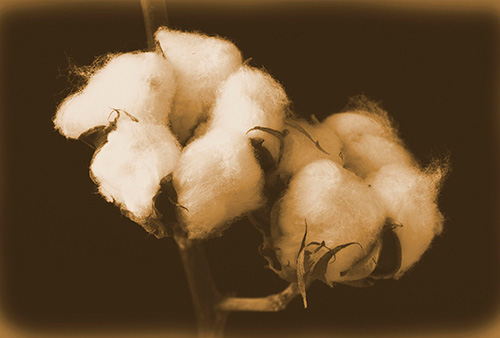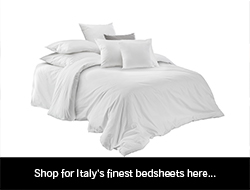Sorting and grading cotton
As with most products cotton is available in different grades. All cotton is not created equal.
Many variables affect the quality of cotton, the species, where it is grown, the soil it is grown in as well as weather.
The attributes that the cotton fiber possess are what determines its market value.
Fiber length, strength and fiber diameter are a few of these attributes. These attributes are some of the factors that influence the price of bed sheets.
You may have noticed that there are enormous price differences in the cost of bed sheets.

One can find bed sheets on the internet or in department stores that sell for as little as $40 to $50. Then there are luxury linens that can cost upward of $2,200.
These $2,200 sheets are made from finer grades of cotton.
For over a thousand years cotton has been grown, spun, woven and dyed.
Cotton is about 90% cellulose. The fiber is a soft thread that is encased in a shell. The cotton helps protect the cotton seeds inside the boll until they are mature enough to germinate.
It is believed that cotton was first found in India. Around the time that Christianity emerged cotton-weaving migrated to Mediterranean countries.
Obtaining the finest grades of cotton is done by sorting. Even from the same cotton boll, there are variances in fiber length.

The below video demonstrates how cotton is taken from a bale and sorted or carded which is the process of separating the fibers based on length or less desirable attributes.
It was believed that the finest cotton in the world was Egyptian cotton. I is true Egypt offers some of the best soil and climatic conditions needed for cotton to grow, However the reality is only a small fraction of Egypt’s cotton harvest is of superior grades. In addition, the harvest yields in Egypt have been on the decline over the last decade due to land development in the Nile area where the cotton is grown.
Egypt is not the powerhouse cotton producer that it once was.
 The cache of Egyptian cotton, however, is widely held by consumers and manufacturers of woven cotton products.
The cache of Egyptian cotton, however, is widely held by consumers and manufacturers of woven cotton products.
Egypt is protective of this fact and has been aggressive in their pursuit to stop or attempt to slow down the endless number of claims from garment and bedding producers stating their products are "Egyptian cotton". We have seen quotes indicating that there are over 10 times more products labeled Egyptian cotton then the Egyptian cotton annual harvest could support. Which would suggest there is a lot of mislabeling occurring.
Today it is possible to DNA test cotton to determine if it is in fact Egyptian. This has led to a number of class-action lawsuits with several large big box stores. Many large recognized department stores had products that were labeled Egyptian cotton but they did not contain any.
Finer grades of cotton demand higher prices. So when you see 1,000 thread count Egyptian cotton sheets selling for $50, you may want to think twice about purchasing them.
At Vero Linens we use only Long and Extra-Long Staple cotton in the construction of our bed sheets, pillowcases, duvet covers, and shams.
View the below video to learn why thread count is a secondary consideration when selecting bed sheets.
Our online showroom features fine Italian linens, luxury duvet covers, down comforters and some of the best sleeping pillows you could find. Contact us today and let Vero Linens show you the way to continuous nights of luxury.
You may also be interested in the following articles:
